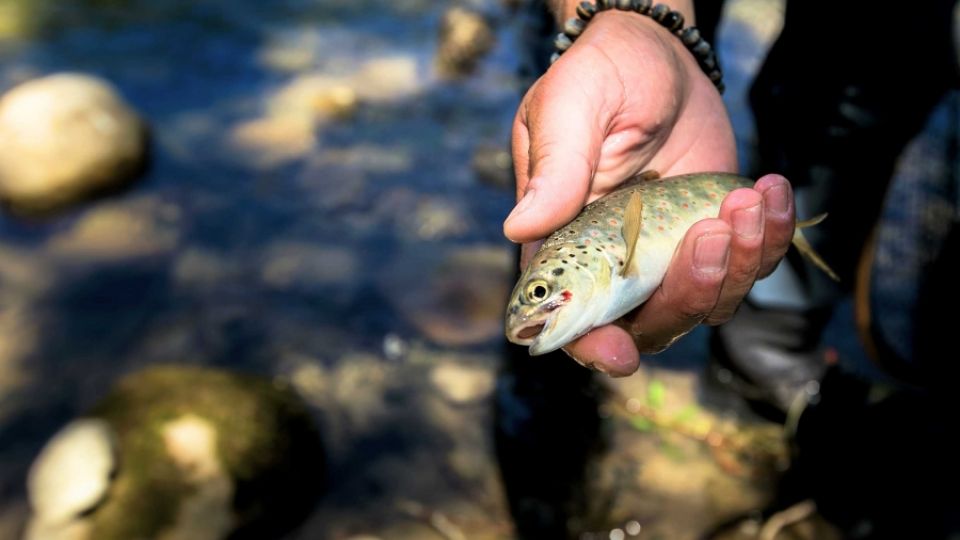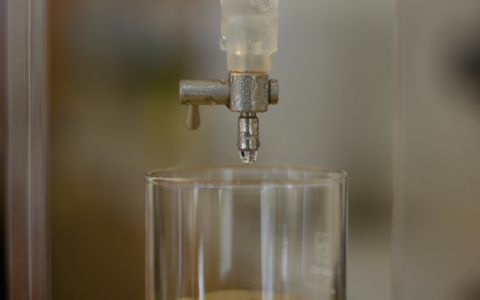Massive reduction of the biodiversity and population in rivers and even global extinctions may occur in Southeastern Europe. The recent hydropower plant boom on previously wild rivers is to blame. In the Balkans, there live species of fish and mollusks that are not found anywhere else in Europe. Yet, one in ten fish species might disappear because of the dams. According to experts, the expected development is environmental catastrophe.
The recent study published by RiverWatch NGO analysed the impact of the planned damming on 113 freshwater fish species living in the Balkans. Each of these species is listed as threatened according to the IUCN Red List. 69 of them are endemic to the Balkan area. Conclusions claim, that carrying out most or all of the planned 2,800 hydropower projects will potentially lead to at least eleven global extinctions.
Up to one thousand HPP projects are located in protected areas such as national parks.
Damming of this many rivers will negatively affect dozens, even hundreds of organisms. According to findings of Dr. Steven Weiss’s team, from the University of Graz, 68 of the 69 endemic fish species will lose 30–100% of their natural habitat.
This would mean serious damage to the biodiversity in the whole of Europe. While the total number of critically endangered species will drop due to said extinction, the number of endangered species will double to twenty-four.
“Hydropower development is endangering 10 percent of all river fish species in Europe. Thus, hydropower constitutes the biggest threat to our continent’s fish fauna,” says professor Weiss.
Precious fish at risk
Adriatic trout, Danube salmon aka huchen, and various sturgeons - all these species of fish deserve appropriate protection according to the IUCN Red List, the European Habitats Directive, or the Bern Convention. Yet, some of them might disappear from the Balkan region in upcoming years. Due to vast alterations to the rivers, the number endangered species is estimated to rise up to twenty-one, study says, including five species of sturgeon, which are already more or less extirpated, but would have no chance of recovery.
“The results are truly horrific. And the worst part? The numbers had not taken us by surprise. The disastrous impact of the hydropower was known, yet ignored. Now, we have the needed hard data,” states Zuzana Vachunova, Arnika’s campaigner for rivers related affairs in Bosnia and Herzegovina.
The fuss is not groundless. The Balkans is the most important hotspot for freshwater biodiversity of both mollusks and fishes in Europe. The region contains up to 35,000 km of rivers, 80% of which are categorized to be either in pristine (30%) or good (50%) hydromorphological condition. For example, Austria reports 15 % of its river kilometres being in good and only 6% in pristine condition. And in the Czech republic? Less than 20% can be described as in good condition, whereas there are basically no pristine rivers in whole country.
Center for Environment (Centar za životnu sredinu), Arnika’s partner organization from Banja Luka, also contributed to the research. Its expert Jelena Ivanić stated: ”This study has shown the richness of the Balkan rivers and the consequences that the construction of hydroelectric facilities will bring. Out of the whole Balkans, Bosnia and Herzegovina stands out as a country with the largest number of preserved rivers and fish populations. Drina and Neretva are our most valuable large rivers, and dozens of hydroelectric power plants are planned for both.”
Want to know more? Read the whole study here, it’s only 162 pages long.







